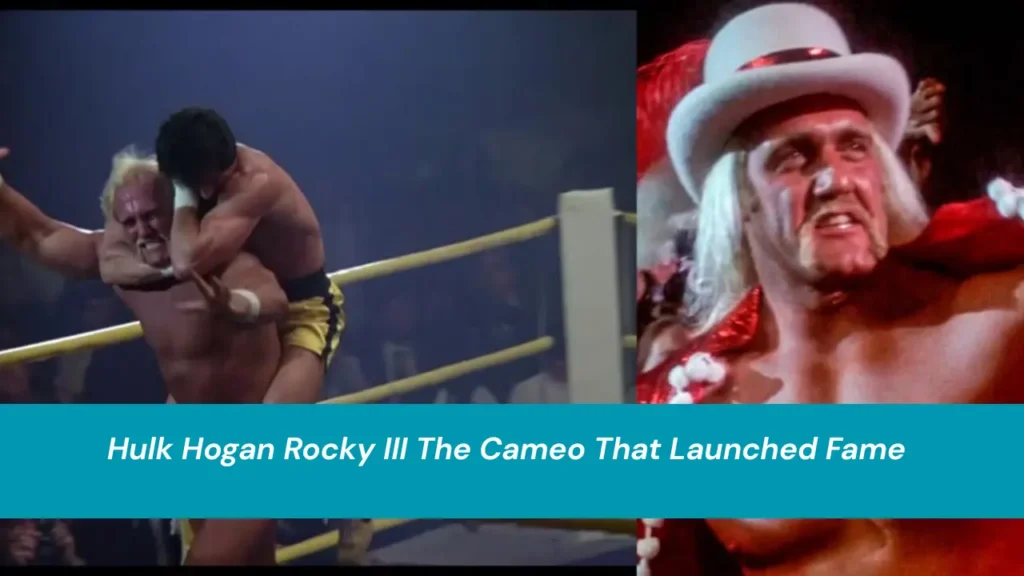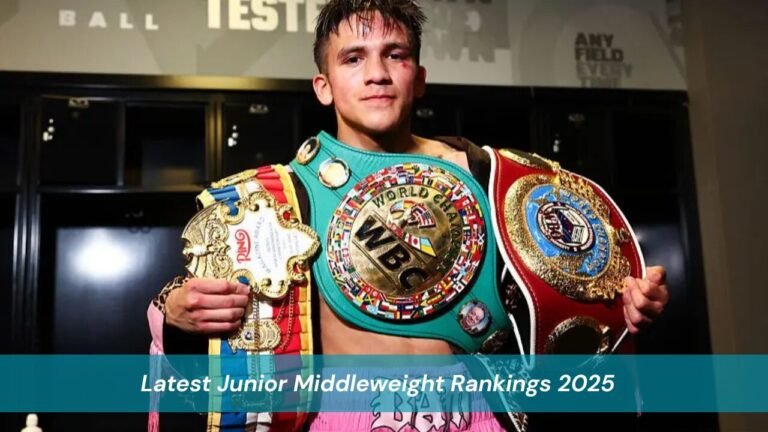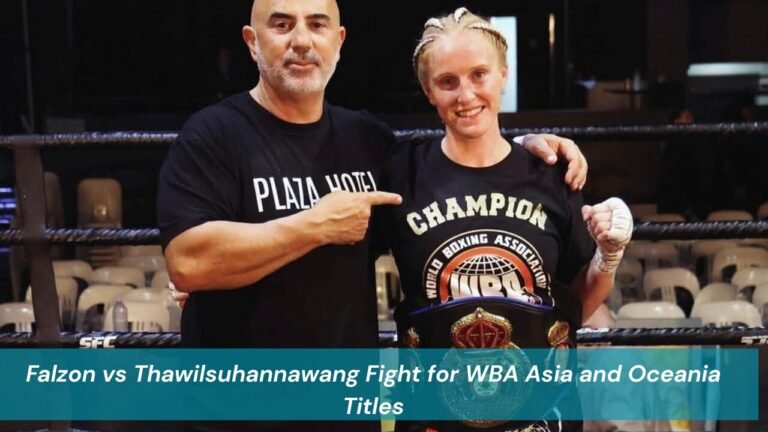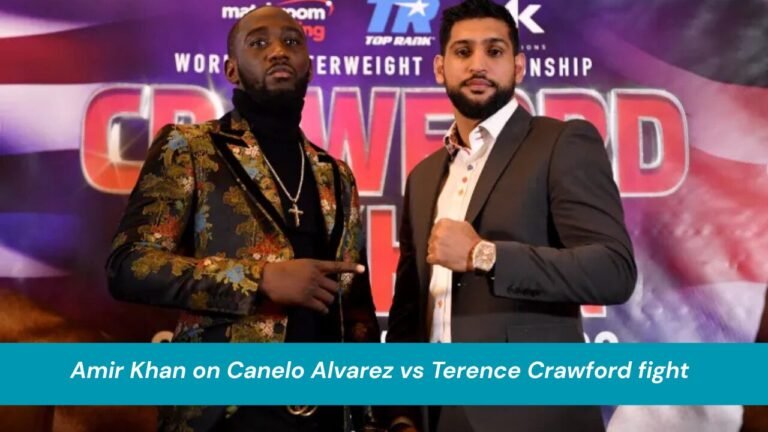Hulk Hogan Rocky III is not just a nostalgic phrase for wrestling fans; it is the story of a crossover moment that helped turn a pro wrestler into a pop-culture icon. In the clip from Late Night with Conan O’Brien, Hulk Hogan remembers his big break on Rocky III and walks viewers through the backstage moments, the performance choices and the unexpected publicity that followed. That conversation, part personal memoir and part media history, offers an instructive case study for anyone curious about how a single film cameo can broaden an athlete’s reach into mainstream entertainment.
The clip opens with a relaxed, candid Hogan speaking to Conan O’Brien about how he came to appear in the 1982 film, the experience of working with Sylvester Stallone and Mr. T, and how Rocky III helped change public perceptions of professional wrestling. Within a matter of minutes the interview illuminates why that brief on-screen role mattered, not just for Hogan’s career, but for the way pro wrestling began to position itself inside late‑20th‑century American popular culture.
Why Hulk Hogan’s Rocky III cameo mattered
When Hulk Hogan stepped into the role of the larger-than-life wrestler Thunderlips in Rocky III, he brought with him the theatricality of the wrestling ring and the charisma that would soon make him a household name. The film, written and directed by Sylvester Stallone, was already a major franchise entry and attracted viewers who normally might never watch a televised wrestling match. Hogan’s participation offered the sport exposure to a mainstream cinema audience and introduced his persona to millions.
The Late Night interview highlights several reasons that brief appearance had an outsized impact. First, the association with Rocky gave Hogan instant credibility beyond the wrestling community; Hollywood implicitly certified him as an entertainer as well as an athlete. Second, the spectacle of a staged fight between Thunderlips and Rocky (played by a pre-fame Mr. T) created one of the film’s most talked-about sequences, ensuring ongoing media references that kept Hogan visible in pop culture conversations long after the film’s release. Third, the timing was right: Hogan’s WWF (now WWE) ascension followed soon enough that the film’s exposure helped amplify his eventual national and international profile.
Rocky III’s place in film and pop culture
Rocky III was released in 1982 and kept the franchise’s momentum going by leaning into spectacle and celebrity. Stallone’s sequel was notable both for its boxing drama and for the Hollywood cameos and celebrity moments that threaded through the story. By appearing in a blockbuster movie, Hogan reached beyond the niche of pro wrestling and tapped into the film’s promotional machine, interviews and reviews.
For readers who want a deeper dive into the movie’s production details and box office performance, the Rocky III entry on Wikipedia provides a concise summary and is a useful reference point. That resource helps map how the film’s mainstream success created an ideal platform for Hogan’s crossover moment.
What Hogan’s Late Night interview reveals about fame and strategy
In the interview, Hogan recounts anecdotes that underline how intentional and opportunistic such crossover moves can be. He talks about the initial call from Stallone’s team, the rehearsal process and the decisions around how Thunderlips should be presented on screen. Far from being accidental, his appearance in Rocky III was part of a deliberate image-building strategy that treated the wrestling persona as a performance suitable for both stadiums and film sets.
Hogan’s reflections emphasize the importance of authenticity. He explains how he retained the core elements of his ring persona while adapting to the demands of a movie set. That balancing act honoring the expectations of wrestling fans while making the character accessible to movie audiences is instructive for anyone considering brand expansion. Whether you are an athlete, artist or entrepreneur, the lesson is the same: stay true to the core identity while shaping your delivery so it resonates with new audiences.
The sequence itself performance, spectacle and publicity
The Thunderlips–Rocky sequence is designed as spectacle. Filmed to showcase theatrical moves, dramatic beats and a clear contrast between the ring-prowess of the wrestler and Rocky’s gritty boxing realism, the scene became an emblematic example of how sports and entertainment could intersect in popular media.
In the Late Night clip, Hogan speaks to how choreography and showmanship played into the scene. He explains that while wrestling often relies on carefully rehearsed physical storytelling, the film demanded an extra layer of cinematic pacing. The result was a memorable sequence that commentators and fans still reference today.
How the cameo influenced Hogan’s trajectory
Hogan’s on-screen role in Rocky III contributed to his rising national profile and helped lay the groundwork for the wrestling boom of the mid-1980s. By 1984 and beyond, Hulk Hogan was positioned not just as a talented wrestler but as a mainstream celebrity capable of anchoring commercial endorsements, television appearances and merchandise lines. The film acted as one of several accelerants, alongside WWF promotional efforts and cable television exposure, that propelled his career forward.
For those measuring impact, this is an example of a high-return moment. A short cameo in a widely distributed film generated long-term value through repeated mentions, archived clips and the association with a successful franchise. Hogan’s appearance demonstrates how strategic media appearances can catalyze career growth when they align with subsequent promotional activity.
Lessons for modern talent crossover playbook
Hulk Hogan’s Rocky III story suggests a clear playbook for athletes and performers seeking mainstream recognition. First, look for authentic fit: choose opportunities where your existing persona adds value to the project. Second, prepare to adapt: media beyond your core field requires adjusted pacing and presentation. Third, think long-term: use the visibility as a springboard for follow-up engagements and consistent audience-building.
Today’s landscape is different in scale and mechanics, but the principle remains the same. A carefully chosen crossover whether a film cameo, a late-night television interview or a strategic social campaign can seed broader recognition if the performer manages authenticity, timing and follow-through.
Where to watch the interview and linked resources
If you want to watch the Conan O’Brien clip where Hulk Hogan remembers his Rocky III experience, click here to view the segment on YouTube. For readers seeking more about the film itself, this page on Wikipedia offers a comprehensive overview of Rocky III’s plot, cast and production notes. If you are exploring how media agencies build cross-platform exposure for talent, consider the kind of services a local digital agency can offer as you plan publicity and distribution. To see how a branding firm might present a crossover campaign, you can review case studies from firms like Smith Solutions.
Analyzing the interview style Conan’s role as the conversational catalyst
Conan O’Brien’s late-night format encourages reflective stories, and his conversational style gives guests room to expand beyond soundbites. In this clip, the interview format allows Hogan to unpack the Rocky III experience in ways that reveal both practical details and personal feelings about the project. Conan’s prompts help elicit anecdotes that are revealing without being intrusive, and that balance of friendliness and focus helps produce content that works for fans and media historians alike.
Three ways the clip adds to public understanding
First, Hogan’s account humanizes a larger-than-life figure. Hearing a performer describe logistics, nerves and on-set improvisation reminds viewers that high-profile cameos have real labor behind them. Second, the clip adds context to the crossover between sports and entertainment in the early 1980s, a moment when cable TV and blockbuster cinema were reshaping celebrity. Third, the interview highlights the importance of narrative: Hogan’s version of events helps shape how fans and future journalists understand that era.
FAQ
Did Hulk Hogan actually appear in Rocky III?
Yes. Hulk Hogan portrayed the character Thunderlips in Rocky III, participating in a memorable staged match with Rocky’s ally. That cameo is one of the most recognizable film moments tied to professional wrestlers of the era.
How did the Rocky III cameo affect Hulk Hogan’s career?
The cameo increased Hogan’s exposure to mainstream audiences and helped position him as more than a wrestler. It was one contributing factor among many television, WWF promotion and merchandising that helped him achieve mass-market fame in the mid‑1980s.
Where can I watch the Conan O’Brien interview clip?
You can watch the interview segment on YouTube by following the video link provided earlier. The clip features Hogan recounting behind-the-scenes stories and reflections about working on Rocky III.
Is Thunderlips a fictional wrestling character?
Yes. Thunderlips is a fictional wrestler created for the film to contrast the theatrical presentation of professional wrestling with the cinematic boxing world of Rocky.
Conclusion
Hulk Hogan Rocky III remains a concise example of how a well-placed cameo can change the trajectory of a public figure’s career. The conversation on Late Night with Conan O’Brien adds texture to the public record by revealing the choices, collaborations and real-world impact behind that on-screen moment. For performers and managers plotting a step into new media spaces, Hogan’s experience is both inspirational and instructive: thoughtfully chosen projects, executed with authenticity and followed by strategic promotion, can turn a short appearance into a long-term cultural legacy. Visit Boxing Essential to explore more.




